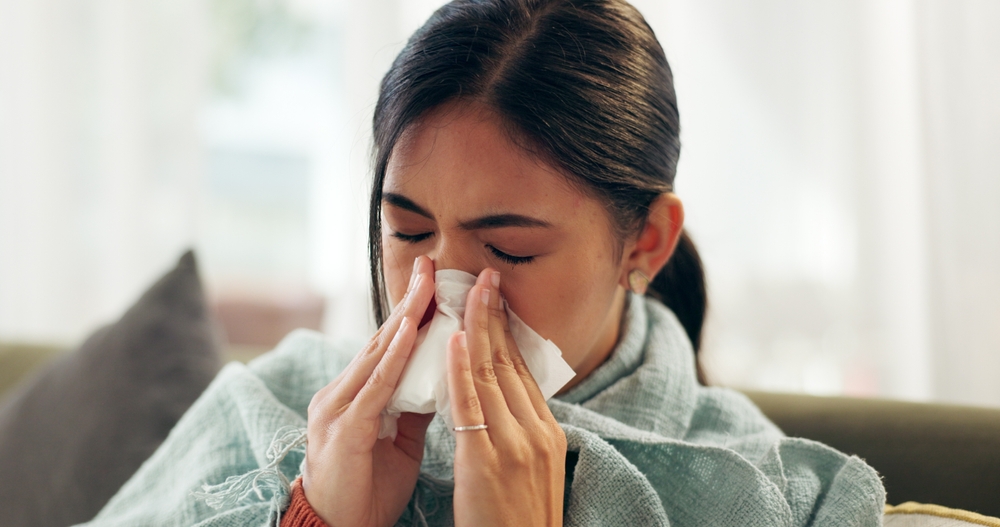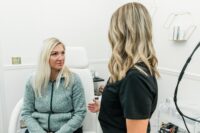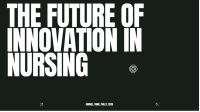More and more we hear about how the environment must be included in how we care for ourselves. Perhaps thinking about the environment has been part of our nursing practice of caring for others. Are there rugs on the floor that could be a tripping hazard? Is my patient with a bee allergy living in a rural area with lots of pollinators? How do I help the older person that can’t afford an air conditioner or a fan during the summer heat?
What about when we need to be our own nurse? The National Institutes of Health created a toolkit that provides strategies to improve health, which includes some of the following information and recommendations:
- Make your home healthier. Many hazards may exist in your home, such as loose electrical sockets, clogged dryer vents, and invisible toxins.
- Reduce your allergies by paying attention to seasonal changes and weather. Air quality matters for those with chronic lung conditions and can be a risk factor for acquiring such a condition.
- Stay safe during hot weather, which is becoming more important as the climate changes. Guard against cold weather, too, another concern associated with climate changes as well as the increasing chronic diseases we may face in nursing.
- Stay safe in the water to protect yourself from potentially higher levels of germs and pollutants. This is true for swimming, showering, and drinking water.
If we’re not in healthy balance with our environment, we’re at risk for being unwell. As nurses, we must care for ourselves so that we can safely and competently care for others.




















